calsfoundation@cals.org
Arkansas City (Desha County)
County Seat
| Latitude and Longitude: | 33º36’31″N 091º12’24″W |
| Elevation: | 141 feet |
| Area: | 0.49 square miles (2020 Census) |
| Population: | 376 (2020 Census) |
| Incorporation Date: | September 12, 1873 |
Historical Population as per the U.S. Census:
|
1810 |
1820 |
1830 |
1840 |
1850 |
1860 |
1870 |
1880 |
1890 |
1900 |
|
– |
– |
– |
– |
– |
– |
– |
503 |
– |
1,091 |
|
1910 |
1920 |
1930 |
1940 |
1950 |
1960 |
1970 |
1980 |
1990 |
2000 |
|
1,485 |
1,482 |
1,432 |
1,446 |
1,018 |
783 |
615 |
668 |
523 |
589 |
|
2010 |
2020 |
|
|
|
|
|
|
|
|
|
366 |
376 |
|
|
|
|
|
|
|
|
Arkansas City is a small town with a population of fewer than 400 people, as of the 2010 Census. Located in southeast Arkansas, it is nestled against a levee that protects it from the Mississippi River. However, before the Flood of 1927, Arkansas City was a major trade and cultural center and was one of the most important ports on the Mississippi River.
European Exploration and Settlement
At the time of the Marquette-Joliet Expedition, there were four Quapaw villages along the lower Arkansas River and the Mississippi River. Jacques Marquette and Louis Joliet spent two days in these villages around 1673. They were the first recorded Europeans in the area. In 1682, René-Robert Cavelier, Sieur de La Salle and Henri de Tonti also visited the villages and explored the area.
Louisiana Purchase through Early Statehood
In 1834, Isaac Adair and his sister lived on four acres of cleared land in the area that is now Arkansas City. The following year, Charley Campbell and his wife came to the area by flat boat from Lynchburg, Virginia. Campbell bought the surrounding land for twenty-five cents per acre. Oscar Bowles and his wife also arrived in the area around the same time as the Campbells. Bowles was the overseer for Campbell, but he was also a doctor and took care of the medical needs in the area. Campbell had a large number of slaves to clear and work the land. He built a house in Arkansas City in 1838. These were the first known settlers of the area.
Civil War through Reconstruction
The Arkansas City post office was started in 1872, and the community was incorporated on September 12, 1873. In 1879, it became the county seat for Desha County. Arkansas City blossomed into a thriving river town during the next forty years. It had a natural steamboat port and two railroads, as well as fourteen saloons and three sawmills.
Post Reconstruction through the Gilded Age
The land surrounding Arkansas City was very fertile, but it was also flood prone. Many years, crops were wiped out from the flooding. The citizens banded together, with guidance from Henry Thane, to create a drainage system. At a cost of $54,000, the system emptied 135,000 acres of flooded land and made it usable for farming. Some of the finest cotton in the United States came from this area. Natural levees were replaced by constructed levees in 1859–1860, but they were not sufficient to hold back the flood waters and were replaced after the 1927 flood with the current levee system.
In 1884, a white man named Mat Orton was lynched for allegedly setting a fire that destroyed many of the town’s businesses.
An opera house existed in Arkansas City by 1891, and opera companies were hired to come to Arkansas City. The building was also used as an unofficial “town hall”; at other times, it became a dance hall, and citizens danced to music from Memphis, Tennessee, bands. The opera house was also the location for boxing and wrestling exhibitions, including an exhibition by John L. Sullivan on March 8, 1891. Jack Dempsey also held a boxing exhibition there in 1924. These exhibitions were under the auspices of the Arkansas City Sporting Club. The town had several churches and two doctors by this time.
Separate schools were built for African-American and white students. The schools for the white students were well respected in the area. They provided music, speech, and art along with the regular subjects.
Early Twentieth Century through the Modern Era
Arkansas City continued to grow during the first years of the twentieth century. Because of the town’s proximity to the river, it was vulnerable to flooding. The river flooded the town several times, and the Flood of 1927 devastated the town. More than 2,000 people had to be rescued. The floodwaters were up to the second floor of some homes, and the citizens of the area camped in tents on top of the levee. When the flood waters receded, the river channel, which was just across the levee, had moved about a mile to the east. This brought an end to the port at Arkansas City and made the railroads useless. The town never fully recovered from this tragedy.
Arkansas City became a quiet little town in the years following the flood. There have been attempts to have the county seat moved to one of the larger cities in the county, but these attempts have been unsuccessful.
In March 1958, the citizens of Arkansas City saw pictures of their town in Look magazine in an article entitled, “The Shrinking South.” Arkansas City was not mentioned by name, but the citizens recognized their town. Afterward, the Arkansas City Development Council was organized with twenty-six local organizations working together to improve the community. A five-year plan was developed with a list of seventy-two projects that would focus on the history of the town and develop the tourist industry. Mostly volunteer efforts were used to complete the projects, and tourists began to come to the town to visit the two museums.
Farming and the proximity to the waterway are what made Arkansas City a thriving community. Today, soybeans, rice, and cotton are grown in the fertile soil. Ample hunting and fishing opportunities draw some visitors to the area.
Attractions
The courthouse was originally built at the turn of the century. It has been remodeled, as has the local high school, which was built in 1910. These two buildings house the county offices and courts. The John H. Johnson Museum and the Arkansas City Museum are located within walking distance of the courthouse.
The opera house, some store fronts with balconies on the second floor, and some older homes have survived into the modern day. Properties listed on the National Register include the Dickinson-Moore House and the Hubert and Ionia Furr House.
Famous Residents
John Harold Johnson was born in Arkansas City on January 19, 1918. Johnson, a descendent of slaves, was born into poverty. There were no schools for African-American students past the eighth grade at that time. Johnson’s mother wanted her son to have an education, so she moved with him to Chicago, Illinois. Johnson later began Johnson Publishing Company, which became the largest African-American-owned publishing company in the world. His company produces Ebony and Jet magazines.
Xenaphon Overton Pindall, an Arkansas City lawyer, served as acting governor of Arkansas from May 15, 1907, to January 11, 1909. His law office is listed on the National Register of Historic Places.
For additional information:
“Arkansas City—Early Days.” Desha County Historical Programs 9 (Spring 1983): 64–65.
Images from the Past: A Pictorial History of Desha County, Arkansas and Southwest Arkansas Delta. Dumas: Dumas Clarion, 1992.
Nelson, Rex. “Mister Speaker.” Arkansas Life 3 (October 2010): 34–39.
Rowe, Waleter, and Cassie Fields. “Arkansas City—I Remember—Two Letters.” Desha County Historical Programs 4 (Spring 1978): 66–72.
Stuart, C. C. “Arkansas City and its History.” Desha County Historical Society Programs 5 (Summer 1979): 34–36.
Paula Reaves
University of Arkansas at Monticello
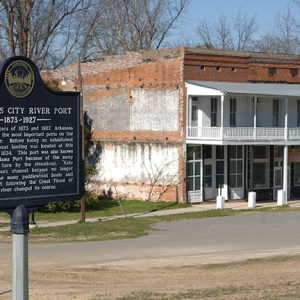 Arkansas City
Arkansas City 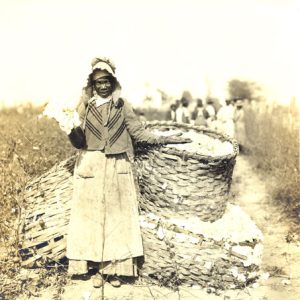 Arkansas City Cotton Picker
Arkansas City Cotton Picker 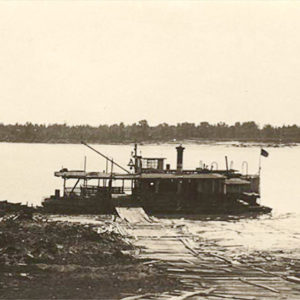 Arkansas City Ferry
Arkansas City Ferry  Arkansas City Flood
Arkansas City Flood 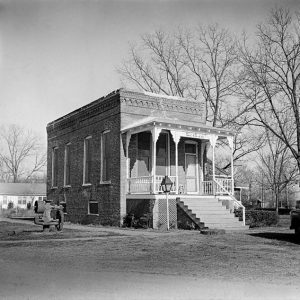 Arkansas City Museum
Arkansas City Museum 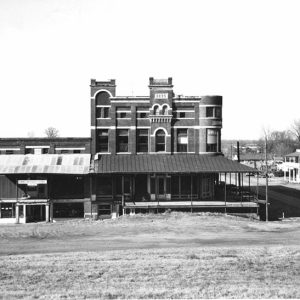 Arkansas City Street Scene
Arkansas City Street Scene  Desha County Courthouse
Desha County Courthouse  Desha County Map
Desha County Map 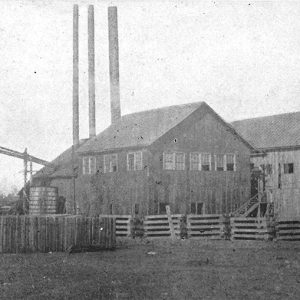 Desha Lumber
Desha Lumber 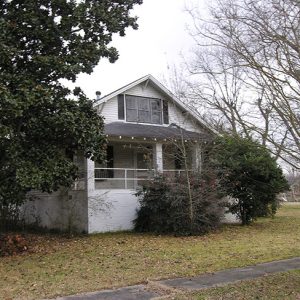 Dickinson-Moore House
Dickinson-Moore House 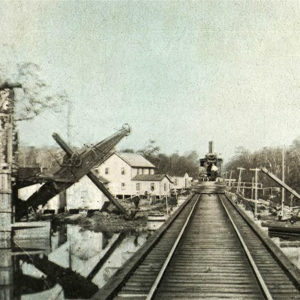 Dredge Boat
Dredge Boat 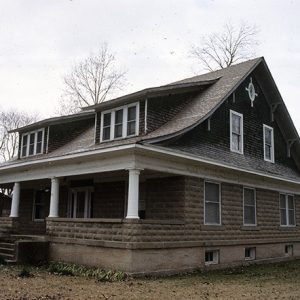 Hubert and Ionia Furr House
Hubert and Ionia Furr House  John H. Johnson
John H. Johnson 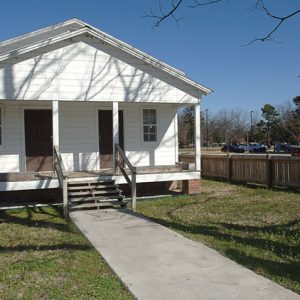 John H. Johnson House
John H. Johnson House 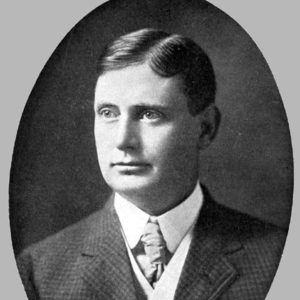 X. O. Pindall
X. O. Pindall 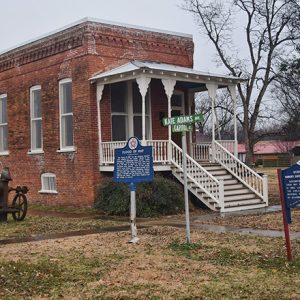 Markers at Xenophon Overton Pindall Law Office
Markers at Xenophon Overton Pindall Law Office 




Comments
No comments on this entry yet.